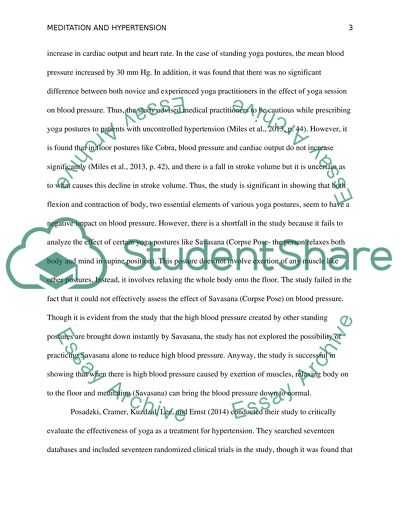Cite this document
(“Does YOGA and meditation reduce Hypertension and is there a Essay”, n.d.)
Does YOGA and meditation reduce Hypertension and is there a Essay. Retrieved from https://studentshare.org/nursing/1662738-does-yoga-and-meditation-reduce-hypertension-and-is-there-a-possibility-of-reducing-the-dosage-on-meds-in-patients
Does YOGA and meditation reduce Hypertension and is there a Essay. Retrieved from https://studentshare.org/nursing/1662738-does-yoga-and-meditation-reduce-hypertension-and-is-there-a-possibility-of-reducing-the-dosage-on-meds-in-patients
(Does YOGA and Meditation Reduce Hypertension and Is There a Essay)
Does YOGA and Meditation Reduce Hypertension and Is There a Essay. https://studentshare.org/nursing/1662738-does-yoga-and-meditation-reduce-hypertension-and-is-there-a-possibility-of-reducing-the-dosage-on-meds-in-patients.
Does YOGA and Meditation Reduce Hypertension and Is There a Essay. https://studentshare.org/nursing/1662738-does-yoga-and-meditation-reduce-hypertension-and-is-there-a-possibility-of-reducing-the-dosage-on-meds-in-patients.
“Does YOGA and Meditation Reduce Hypertension and Is There a Essay”, n.d. https://studentshare.org/nursing/1662738-does-yoga-and-meditation-reduce-hypertension-and-is-there-a-possibility-of-reducing-the-dosage-on-meds-in-patients.


